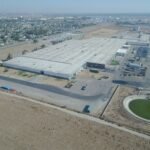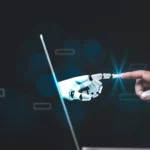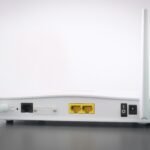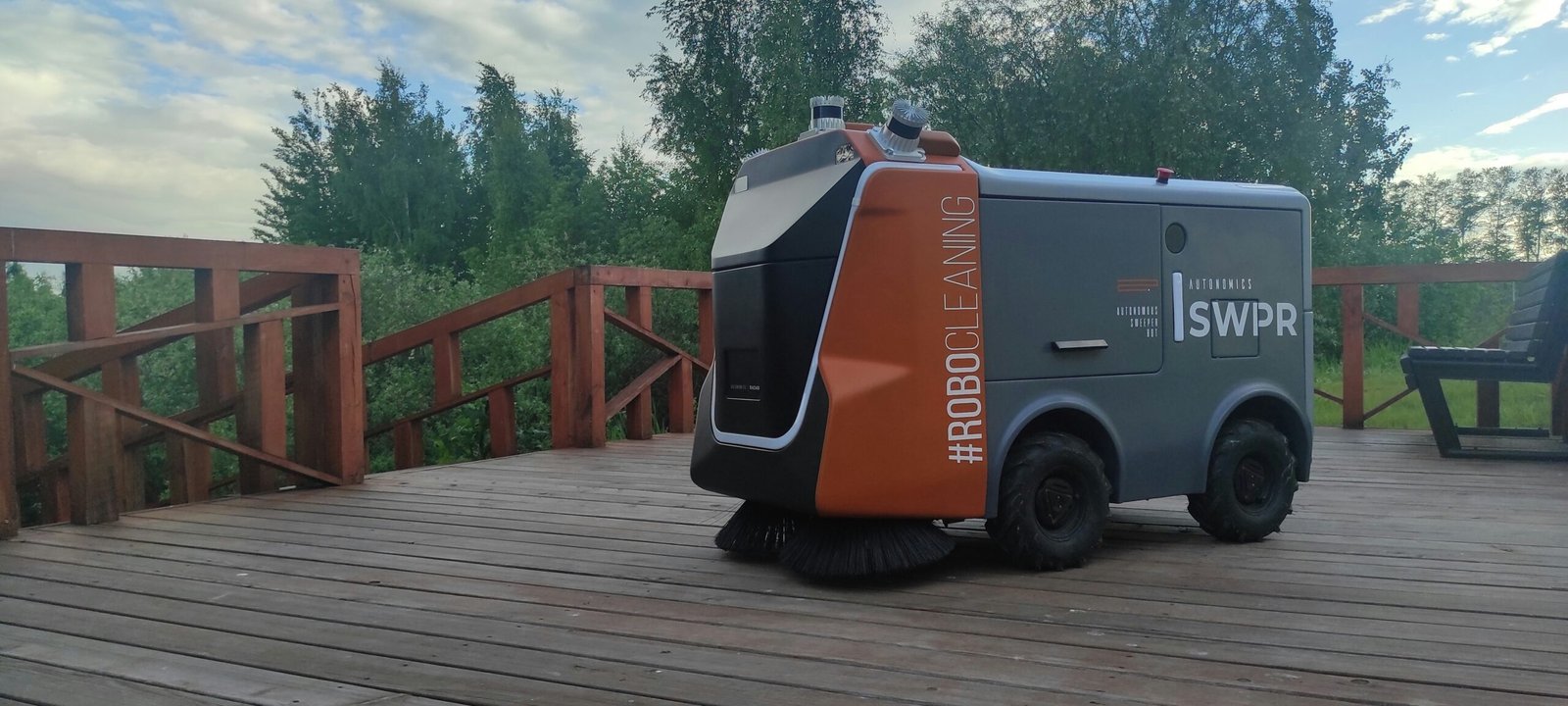Introduction to AI-Powered Cleaning Robots
AI-powered cleaning robots represent a significant advancement in the realm of cleaning technologies, combining the effectiveness of automation with the intelligence of artificial intelligence. These sophisticated machines are designed to autonomously perform cleaning tasks in various commercial spaces, utilizing an array of innovative technologies to enhance their functionality. Unlike traditional cleaning methods that often require manual labor and supervision, these robotic systems can operate independently, thereby increasing efficiency and consistency in cleaning processes.
The core of AI-powered cleaning robots lies in their integration of machine learning and advanced sensors. These machines use algorithms to navigate their environments, analyze obstacles, and create optimal cleaning paths. The utilization of sensors enables them to detect dirt, dust, and other debris, ensuring that every area is thoroughly cleaned. Furthermore, machine learning allows these robots to adapt to their surroundings over time, optimizing their performance based on previous cleaning tasks and patterns.
One of the primary distinctions between traditional cleaning methods and robotic systems is the level of automation that AI cleaning robots offer. Traditional approaches often rely on human workers, which may lead to inconsistencies in cleaning quality and increased labor costs. In contrast, robotic systems can execute cleaning routines with precision, significantly reducing human intervention while maintaining high standards of cleanliness. This shift toward automation is particularly advantageous in environments such as hospitals, offices, and retail spaces, where hygiene and cleanliness are paramount.
The growing trend of adopting AI-powered cleaning robots in various commercial settings underscores the importance of innovation in facilities management. As businesses increasingly recognize the benefits of these technologies, they are investing in AI cleaning solutions to enhance operational efficiency, reduce costs, and improve the overall cleanliness of their spaces. The rise of AI-powered cleaning robots marks a transformative phase in the cleaning industry, pushing the boundaries of what is possible in maintaining sanitized environments.
Benefits of Implementing AI-Powered Cleaning Robots
In recent years, the integration of AI-powered cleaning robots into commercial spaces has gained significant traction, largely due to their compelling advantages. One of the primary benefits is the notable increase in efficiency and productivity these robots offer. Traditional cleaning methods often lead to inconsistent results and require substantial labor hours. In contrast, AI-powered robots can operate autonomously, covering vast areas without fatigue, thus maximizing cleaning output while reducing labor costs.
Moreover, the cost-effectiveness of AI cleaning robots cannot be understated. Although initial investment may appear substantial, the long-term savings often outweigh these upfront costs. These robots minimize the need for extensive human labor, reduce overtime spending, and lower costs associated with employee turnover and training. Over time, companies can recoup their investment and experience substantial savings that can be redirected to other business initiatives.
Enhanced sanitation and hygiene represent another core advantage of AI cleaning robots. These machines are equipped with advanced sensors and technologies that allow them to detect areas that require attention, ensuring a thorough cleaning process. In the era of heightened hygiene awareness, particularly due to global health challenges, businesses can significantly benefit from maintaining a cleaner, safer environment. This not only aids in compliance with health regulations but also fosters customer trust and satisfaction.
AI-powered cleaning robots are also capable of gathering valuable data and analytics regarding cleaning operations. This data can provide insights into cleaning frequency, areas of high usage, and the overall effectiveness of cleaning tasks. For example, utilizing such technology in a large retail space can help managers optimize cleaning schedules and allocate resources more effectively. Real-world case studies reveal that businesses implementing these robots have reported improved cleanliness, enhanced operational efficiency, and a better overall experience for both staff and customers. By harnessing the benefits of AI-powered cleaning robots, commercial spaces are better positioned to thrive in a competitive environment.
Challenges and Considerations in Adoption
The integration of AI-powered cleaning robots into commercial spaces presents various challenges that businesses must carefully navigate. One of the primary concerns is the initial investment costs associated with acquiring advanced robotic cleaning technology. While the long-term benefits may justify the expenditure, the upfront financial commitment can be a significant barrier for many organizations, particularly smaller enterprises. Moreover, prospective buyers must consider the total cost of ownership, which includes not only the purchase price but also ongoing maintenance expenses. Regular servicing and potential software updates may be required to ensure optimal performance, which can add to the overall financial burden.
Another critical factor is the need for staff training. Employees must be adequately educated in the operation and troubleshooting of these autonomous machines. Without proper training, there is a risk of underutilization or mismanagement of the robots, which can lead to inefficiencies and increased operational costs. Consequently, businesses should allocate time and resources to equip their workforce with the necessary skills to utilize these cleaning technologies effectively.
Businesses also need to evaluate the compatibility of AI-powered cleaning robots with existing cleaning processes. Transitioning to robotic systems may require adjustments to workflows and cleaning schedules, which can create temporary disruptions during the implementation phase. Therefore, meticulous planning and clear communication are essential to integrate robotic solutions seamlessly with human-operated tasks.
Finally, selecting the right technology and vendor is paramount to ensure successful adoption. Businesses should conduct thorough research to assess different robots’ capabilities, reliability, and the vendor’s reputation. Collaborating with a trusted supplier not only helps businesses choose appropriate technology but also provides support during the implementation process, ultimately leading to a more efficient and productive cleaning operation in commercial environments.
The Future of AI in Commercial Cleaning
The integration of artificial intelligence (AI) in commercial cleaning is on the cusp of a transformative leap forward. As businesses continue to seek enhanced efficiency and cleanliness, emerging innovations herald a future where AI-powered cleaning robots will become even more sophisticated and effective. One of the key developments on the horizon is the advancement in sensor technology. Enhanced sensors will allow cleaning robots to detect not only dirt and debris but also potential hazards and varying surfaces, facilitating tailored cleaning solutions that optimize effectiveness across diverse environments.
Additionally, autonomous navigation systems are expected to undergo significant improvement. Next-gen algorithms will revolutionize how cleaning robots traverse complex commercial spaces. They will be able to navigate around obstacles more intelligently and reduce downtime by selecting the most efficient routes, thereby maximizing productivity. These advancements contribute to creating a seamless user experience, where operators can deploy robots with minimal manual input, allowing for an efficient balance between human labor and robotic assistance.
Moreover, the synergy between AI-powered cleaning robots and other smart building technologies presents exciting possibilities. As the Internet of Things (IoT) continues to proliferate, cleaning robots could be integrated with smart sensors that monitor air quality, occupancy levels, and maintenance needs. This interconnected framework fosters a comprehensive approach to facility management, enabling commercial spaces to maintain not only cleanliness but also optimal environments for occupants.
As we anticipate these advancements, it is crucial to consider their broader implications for the cleaning industry. The adoption of advanced AI technologies is poised to reshape the landscape of commercial cleaning services, driving companies towards more specialized and efficient solutions. The efficiency gains from AI can lead to lowered operational costs, more environmentally friendly practices, and ultimately, a new standard in cleanliness within the commercial sector.







